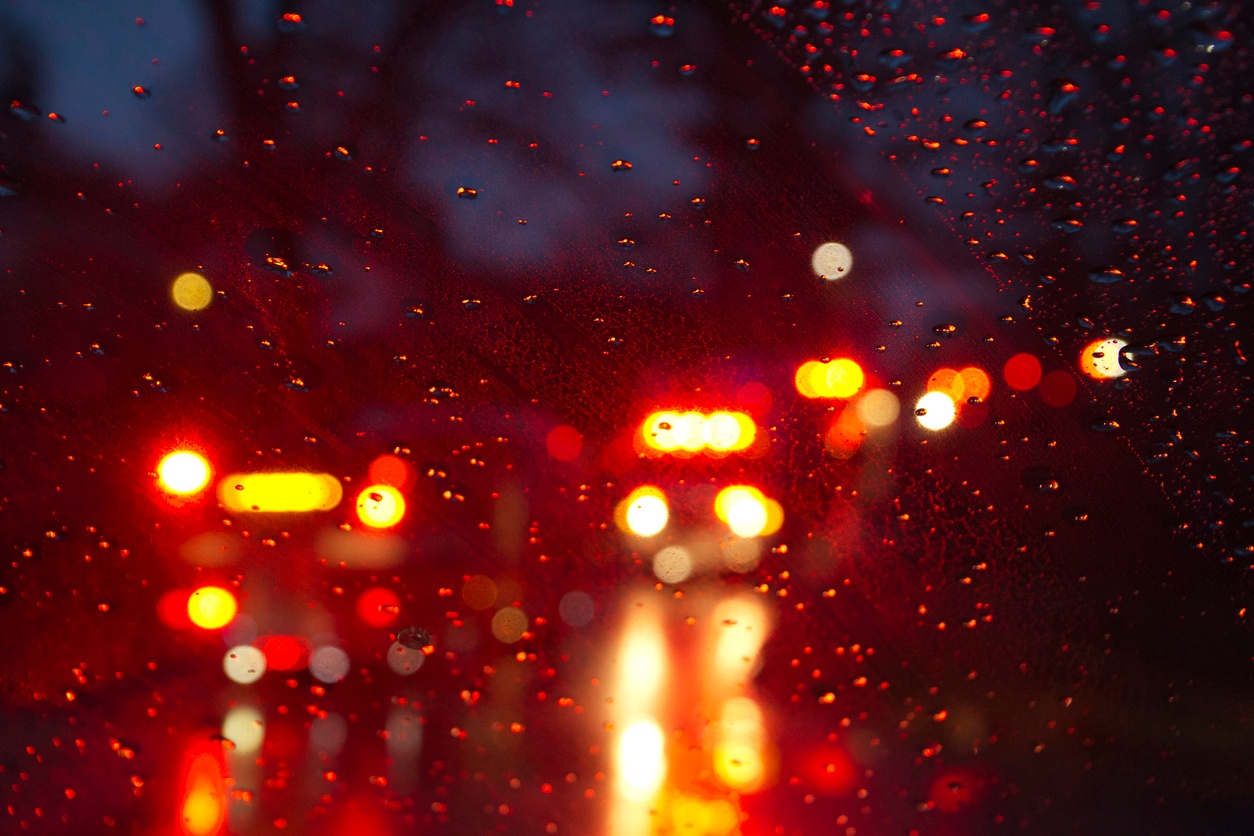
In 2017, emergency responders must be prepared for a complex and volatile world. EMS training today requires active shooter/ hostile event (ASHE) consideration.
Leaders in emergency response are offering their insights based on recent events, such as the incidents in San Bernardino, Orlando, and Dallas. For more on these events and what they mean for first responders, watch the recent JEMS webcast sponsored by BoundTree Medical — Active Shooter Incidents in America.
These three ASHEs were entirely unexpected, a common element in mass casualty incidents (MCIs). Even so, first responders in these cities were properly trained in more than simple emergency medical procedures. Despite thinking your emergency department will never be involved in an ASHE, the following are crucial aspects of your response:
- Communication: As in any MCI, the first challenge is establishing an accurate number of victims, and communicating that number to nearby trauma centers. The number of potential patients can provide a serious challenge for hospitals. The first emergency responder on site is responsible for establishing communication with nearby trauma centers and declaring the incident an MCI. This better distributes patients to centers with available resources, as well as offers more time to prepare facilities.
- Interdepartmental cooperation: In ASHEs especially, EMS and fire departments need to work very closely with law enforcement officials, who will enter the hot zone and transport victims to the staging area. All emergency responders must understand one another’s roles and have established interpersonal relationships in order to best use their combined resources.
- Well-defined roles: Each responder on a scene must be acutely aware of his or her assigned role and how it fits into the larger picture. Chiefs must be prepared to communicate individual responsibilities quickly and effectively. All MCI simulation scenarios should incorporate active and creative role playing to achieve this.
- Community training: Bystanders will likely have an earlier opportunity to intervene than any medical professionals. And while CPR is commonly known, hemorrhage control is not. Every community should be made aware of the educational campaign, Stop the Bleed™.
No one wants to believe an event as tragic as an ASHE could happen nearby. As emergency responders, it is important to be aware what can happen and be prepared to respond quickly and appropriately.






